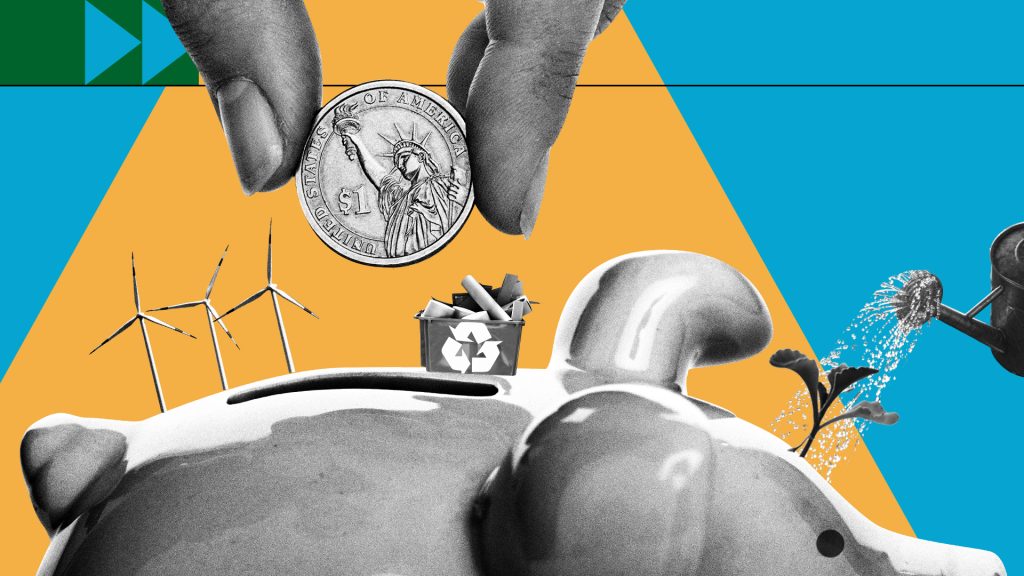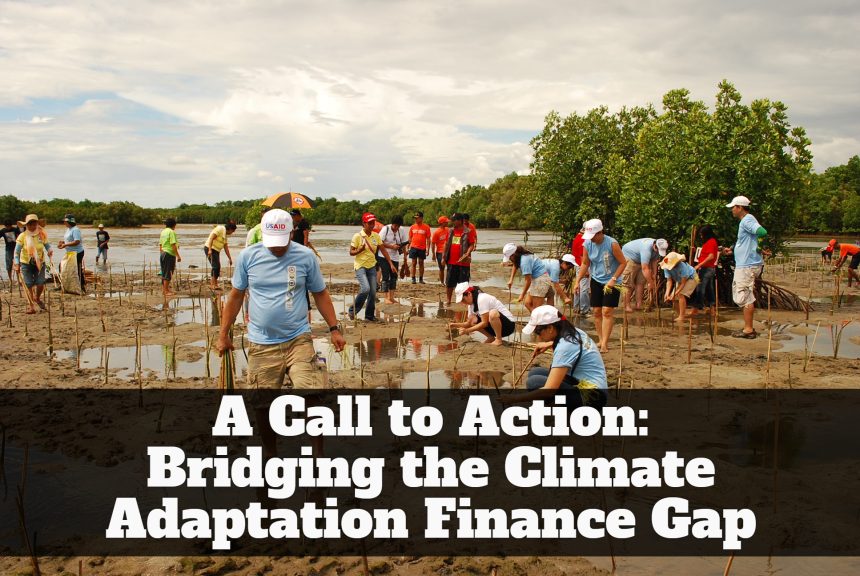The global community is confronted with the pressing issue of the Climate Adaptation Finance Gap. This term summarizes the severe shortfall in financial resources needed to adapt to the escalating challenges modeled by climate change. In this article, we’ll delve into the significance of this gap, analyze the key insights from a recent United Nations report, and underscore the urgency for collective action.

Understanding the Climate Adaptation Finance Gap
The Climate Adaptation Finance Gap paints a clear picture of the difference between the funds required for effective climate adaptation and the actual financial resources available. To put it simply, it’s the financial gap we need to bridge to tackle climate change head-on.
Astounding Adaptation Costs
In the fight against climate change, developing countries bear a significant burden. The estimated adaptation costs for these nations range from a stunning $215 billion to $387 billion annually throughout this decade. As for the numbers above, they only represent 0.6% to 1% of the combined GDP of developing nations. These funds are necessary to make plans that can protect our communities from the effects of climate change.
- Advertisement -
The undeniable fact is that the Climate Adaptation Finance Gap isn’t narrowing but it’s growing. Presently, it stands at an alarming $194 billion to $366 billion per year. This widening gap places immense strain on developing countries. Leaving them unfit to confront the intensifying challenges posed by climate change.
Rising Climate Risks
The urgency of addressing this gap is highlighted by the estimate that adaptation costs will see a significant surge by 2050 due to the escalating climate risks. While we’ve made notable steps in reducing greenhouse gas emissions (mitigation), there remains a considerable shortfall in the financing necessary for effective climate adaptation.
International Public Climate Adaptation Finance
One crucial aspect of bridging the Climate Adaptation Finance Gap is international public climate finance. Unfortunately, this funding has witnessed a concerning drift. In 2021, international public climate finance allocated to developing countries decreased by 15% to $21.3 billion, following a brief increase to $25.2 billion between 2018 and 2020. Furthermore, the expense ratio for international public adaptation finance stands at a mere 66%, highlighting the imperative need for a more efficient allocation of resources dedicated to climate adaptation.
Human Impact and The Urgent Call to Action
The real-world consequences of inadequate adaptation financing are evident in the suffering of vulnerable communities. In 2023, we witnessed firsthand the increasing disruption and devastation caused by climate change. Temperature records shattered, and a series of extreme weather events like storms, floods, heatwaves, and wildfires brought havoc and destruction.
UN Secretary General Antonio Guterres has issued a compelling plea for collective action. He calls upon developed nations and the fossil fuel industry to step up and provide the necessary funding for climate adaptation. His appeal emphasizes the following key points:
- An urgent need to double adaptation finance with a focus on grants over loans.
- Allocating a minimum of 50% of all climate finance to adaptation.
- Multilateral Development Banks should reallocate 50% of climate finance to adaptation.
- Encouraging fossil fuel companies to contribute by taxing windfall profits.
The Climate Adaptation Finance Gap is a pressing reality that demands immediate attention. Climate change is no longer an abstract concept; it is a daily reality, and its impacts are accelerating. To protect the most vulnerable populations, prevent further loss, and secure a sustainable future. The Climate Adaptation Finance Gap is a pressing reality that demands immediate attention. This crucial task requires a joint effort involving governments, international bodies, private enterprises, and the fossil fuel sector. The moment has arrived to take resolute action and give priority to worldwide climate adaptation. All in the name of safeguarding our beloved planet and securing the well-being of future generations.


